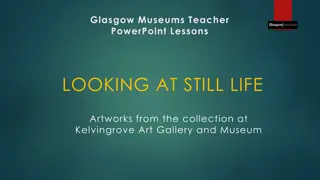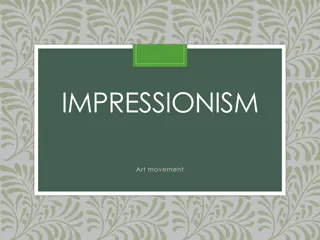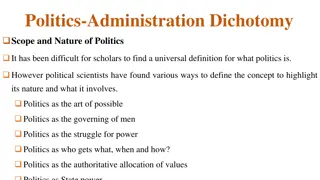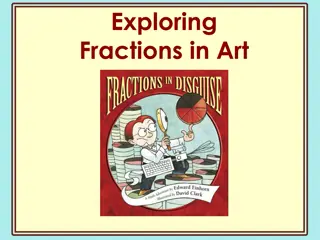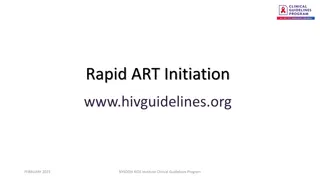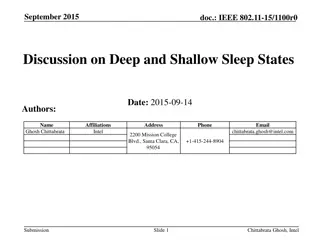Understanding Perspective in Art: Techniques and Definitions
Perspective in art refers to techniques that provide depth and realism to artworks, making them appear three-dimensional. Key concepts include viewpoint, horizon line, and vanishing point. Different types of perspective, such as one-point and two-point perspective, offer artists varied ways to create depth and dimension in their creations.
Download Presentation

Please find below an Image/Link to download the presentation.
The content on the website is provided AS IS for your information and personal use only. It may not be sold, licensed, or shared on other websites without obtaining consent from the author. Download presentation by click this link. If you encounter any issues during the download, it is possible that the publisher has removed the file from their server.
E N D
Presentation Transcript
Objectives Define Perspective Definitions used when speaking about Perspective in Art Types of Perspective
What is perspective? A perspective is a technique that gives the viewer an illusion of depth in a drawing or painting. In other words, the piece of artwork looks more 3d than just a flat drawing or painting.
Definitions we must know when speaking about Perspective in Art. Viewpoint is the position from where you view your scene. A viewpoint can be a high viewpoint where one is located above and looks down or a low viewpoint where one is located below and looks up. For example for a high viewpoint one can be in a tall building and look down at some trees and with a low viewpoint one can be at ground level and look up at a balcony.
High viewpoint vs. Low Viewpoint High viewpoint Low Viewpoint
Definitions we must know when speaking about Perspective in Art Horizon line is that imaginary horizontal line which is at eye level. For example we see a horizon line where the sky meets the sea. Vanishing line is line or lines drawn from an object to a point or points on the horizon. The point where they meet is called the vanishing point.
Types of perspectives One point perspective occurs when you look down a straight road, the edges of the road appear to meet on a point on the horizon. This point is called the vanishing point. To achieve this type of perspective you are looking at a scene from the front.
Types of perspective Two point perspective when you look at an object from an angle instead of directly in front of you.
Three point perspective Three point perspective occurs when you have a third vanishing point by looking up at a tall tree for example or looking down in a valley.
Linear Perspective This reminds us that the further away an object is the more faint it will appear in the distance and a lot smaller than an object that is right in front of us.
Linear Perspective As we can see in the painting, the trees further away are a lot fainter than those right in front of us.
Aerial or Atmospheric Perspective Aerial or Atmospheric Perspective occurs when objects in the distance appears less detailed and lighter. They often have a blue tone to them. For example, a mountain range further away would appear blue than one right in front of us and we would not be able to see the trees clearly on it.

 undefined
undefined








